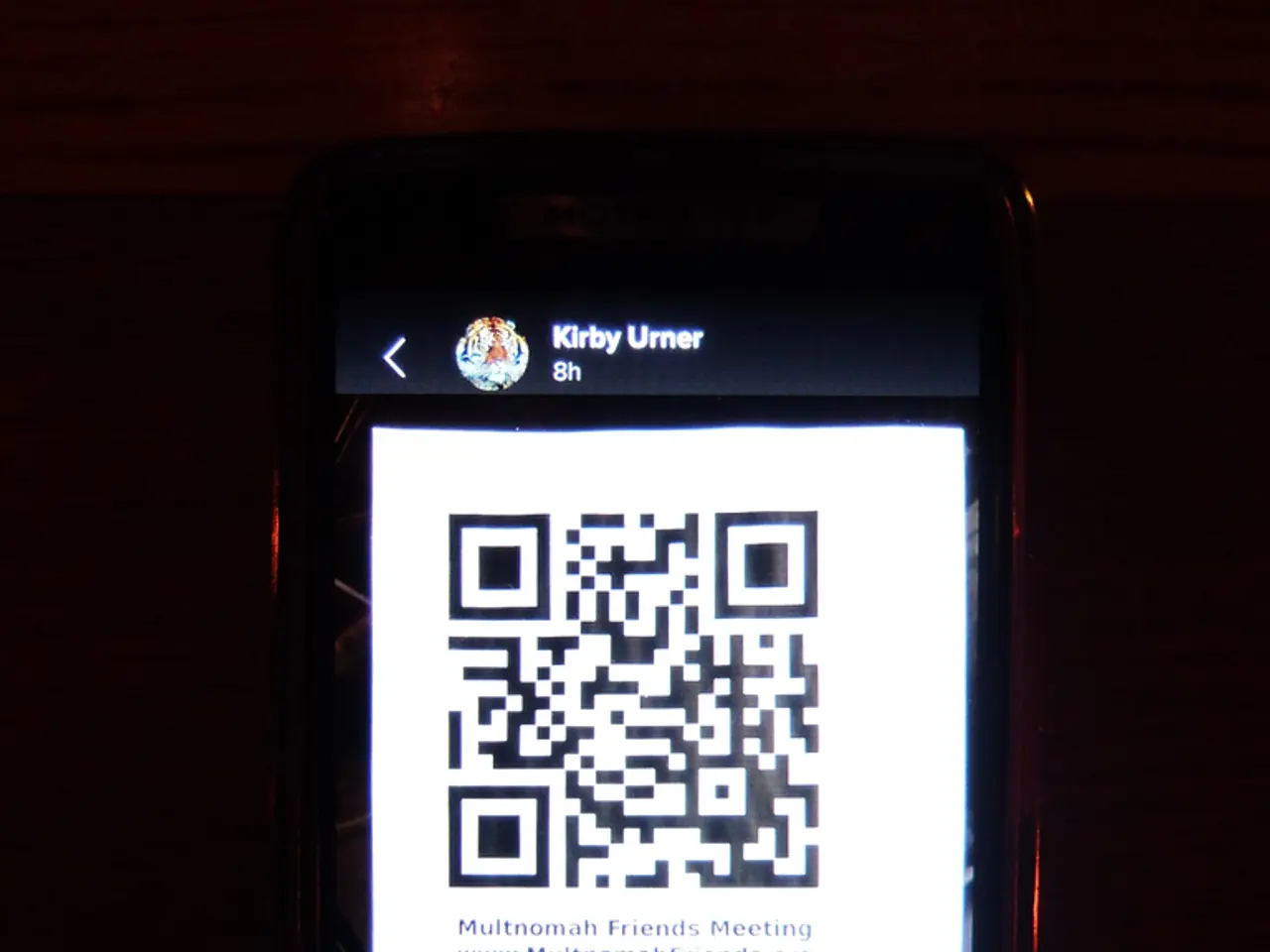"Scrutinizing QR Codes Prior to Scanning: A Look at the Process"
In the digital age, online scams are becoming increasingly sophisticated, and one such method is known as Quishing. This practice, which involves the use of fake QR codes to direct users to phishing websites, can potentially compromise PayPal accounts.
Recently, a seller of used clothing fell victim to a Quishing scam. The seller received a QR code from a supposed buyer, which led to a fake PayPal page. Unaware of the deception, the seller logged in, and several payments totaling over 3,000 euros were made from their account.
To safeguard your PayPal account from such scams, it is crucial to adhere to certain preventive measures. First and foremost, avoid scanning QR codes from unknown or unexpected sources, particularly those received via email or packages without clear sender information. Instead, access PayPal directly through its official app or website to verify any requests or invoices.
Enabling two-factor authentication (2FA) on your PayPal account is another essential step. This means that scammers can't access your account without a further confirmation, such as a code sent via SMS or 2FA app. Using strong, unique passwords managed through a reputable password manager is also advisable to prevent credential theft.
Be cautious of urgent or threatening messages claiming account suspension or requiring immediate payment, as these are common tactics in scams. Employ email scanning and identity protection tools like Guardio or Cloaked to detect suspicious emails and monitor your personal information online for any leaks or scams targeting your PayPal credentials.
If you have scanned a suspicious QR code or believe your account may be compromised, change your passwords immediately and review your account transactions for unauthorized activity.
The Consumer Advice Centre Brandenburg (VZB) has issued a warning about Quishing. VZB advises not scanning QR codes of unknown origin for safety reasons. Deceptive QR codes aren't just sent via email; they can also be distributed on the street. If someone insists on handling the payment outside the platform, it could be a potential red flag.
Generally, the payment methods offered on the platform should be used for transactions. Payment confirmations are rarely requested in Quishing scams. Erk Schaarschmidt, a lawyer at VZB, advises choosing the payment path yourself on reputable platforms.
Many smartphones allow users to check the link before opening it, allowing comparison with the original address. If you encounter a QR code in public places such as public transportation, at parking meters, or even on fake parking tickets, exercise caution and verify the link before using it.
By following these steps, you can significantly reduce the risk of falling victim to Quishing scams targeting your PayPal account. Stay vigilant, and always verify before you pay.
- In the realm of personal-finance, using strong, unique passwords managed through a reputable password manager can help prevent credential theft and safeguard your PayPal account.
- When using public transportation or encountering QR codes in public places, always verify the link before scanning to prevent potential Quishing scams directed towards your PayPal account.




